THIS WEEK: With DC’s new releases paused for the week as distribution shifts completely from Diamond to UCS/Lunar, the DC Round-Up looks back at Denny O’Neil, Denys Cowan, and Rick Magyar‘s late ’80s series The Question to see how well the first solo outing for the character holds up over 30 years later.
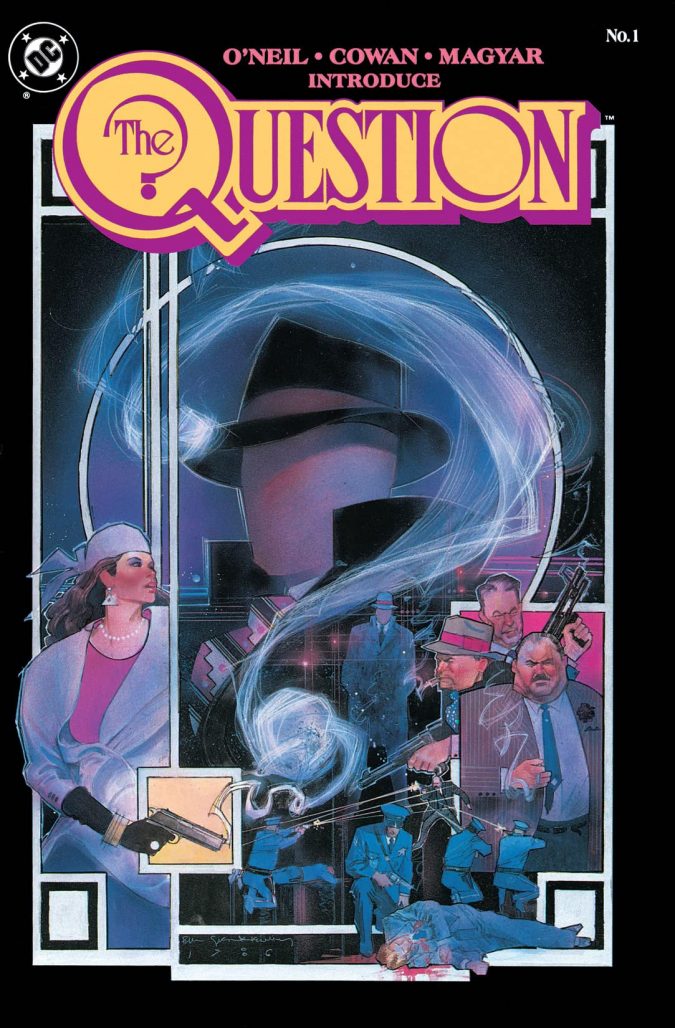
The Question: Zen & Violence
(Originally published as The Question (1986) #1-6)
Written by Dennis O’Neil
Pencilled by Denys Cowan
Inked by Rick Magyar
Colored by Tatjana Wood
Lettered by Gaspar
Covers by Bill Sienkiewicz & Denys Cowan
I’ve been using the COVID-19 ‘quarantine’ (which, by the way, isn’t over, please stay indoors everyone) as an excuse to check out some beloved comic runs of years past that I’ve never read before. With no new DC titles this week, and with the passing of legendary writer/editor Denny O’Neil still fresh on my mind, I decided to take a look at The Question, the widely well-regarded series he wrote for 36 issues in the late ‘80s. I read the first six issues of the series, all of which is available on the DC Universe app, and I’ll just say right up top: I can’t wait to read the rest of it.
It’s kind of hard to believe that, despite the character having first appeared under the pen of creator Steve Ditko in 1967, The Question had never had his own ongoing series before this one debuted. In fact, he’d been little seen post-’68, until DC acquired the Charlton characters and had them all cameo in the mammoth Crisis on Infinite Earths crossover. Still, cosmic calamities are a little above Vic Sage’s paygrade, so O’Neil, along with artists Denys Cowan, Rick Magyar, and Tatjana Wood and letterer Gaspar, were not only the first to give The Question his own solo series, but also the first to integrate him and his world into the DC Universe proper.
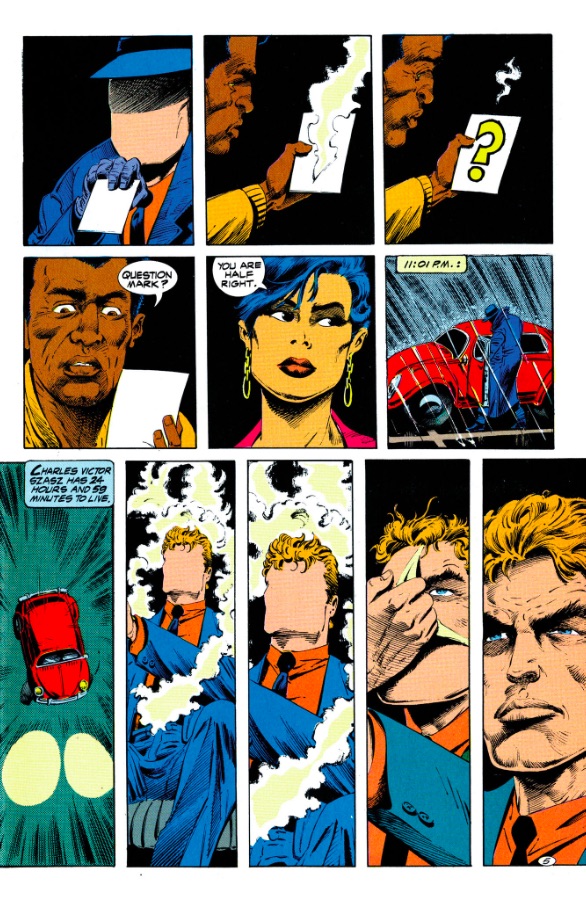
Before Nightwing’s ongoing series introduced Blüdhaven, The Question gave us Hub City, a city founded on violence, overrun with crime, and corrupt to the very core. Vic Sage (or Charles Victor Szasz, if you’re looking at his birth certificate) is the only one who can stand against it, both as a crusading investigative journalist and as The Question, and his introduction in the first issue of the series shows us how those two sides of his life work together, while also showing readers everything they need to know about Sage’s personality. There’s truly very little daylight between ‘Vic Sage, Reporter’ and ‘The Question, Masked Vigilante,’ and I get the sense that the only reason he wears the fancy no-face mask is as an intimidation tactic to spook people before he kicks the crap out of them.
And kick the crap out of them he does. The fight sequences in The Question are mostly silent — O’Neil knows when to step back, give Gaspar a break, and let the visuals do the heavy-lifting — and intensely visceral. Cowan, Magyar, and Wood’s visuals make you feel every blow, hear every bone snap, taste and smell the blood and sweat that lingers in the air when the fight is over. And even when he’s not fighting, there’s an intensity to Vic Sage that permeates this book even when he’s not on-screen, and even after he transitions from the objectivist character that Ditko created to the more meditative, reflective man he became under O’Neil’s pen.
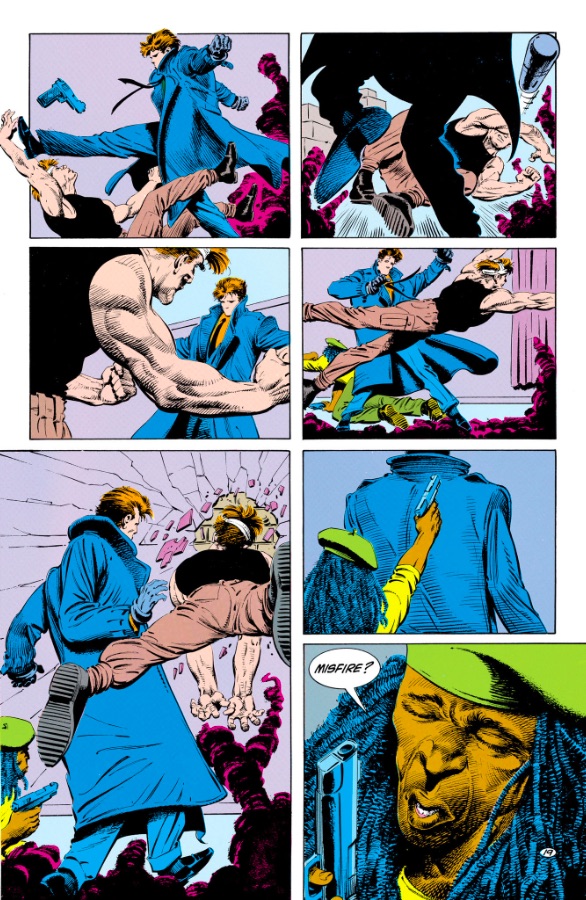
In a lot of ways, this Question series seems ahead of its time. The structure of the series — an opening multi-issue arc followed by loosely connected one-and-done stories — feels like a pretty clear precursor to Grant Morrison’s Animal Man, Neil Gaiman’s Sandman, and other books that would follow. Had the series lasted beyond 36 issues, it’s easy to imagine it falling under the Vertigo banner. There are a few dated elements that were somewhat cringy — the way hispanic characters are written has improved a lot in the past 35 years, and a boss who tries to sexually assault his assistant seems to be intended to be sympathetic, but at least he experiences a fairly instant comeuppance — but overall this series reads incredibly well, and it’s easy to see why it was as influential as it was.
Though the full series is available digitally, it’s still a shame the collection of these first six issues isn’t in print any longer; perhaps, as it did with me, O’Neil’s passing will inspire more interest in the series and lead DC to put out some nice deluxe edition hardcovers for it. I would gladly add those to my bookshelf, and I heartily recommend seeking this series out in whatever form you can find it.
Miss any of our earlier reviews? Check out our full archive!


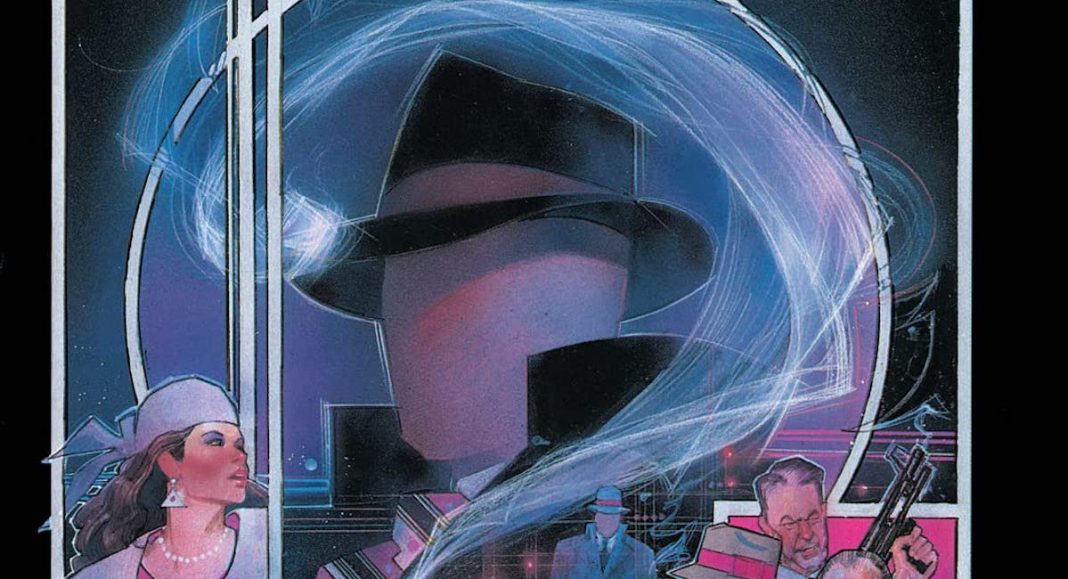
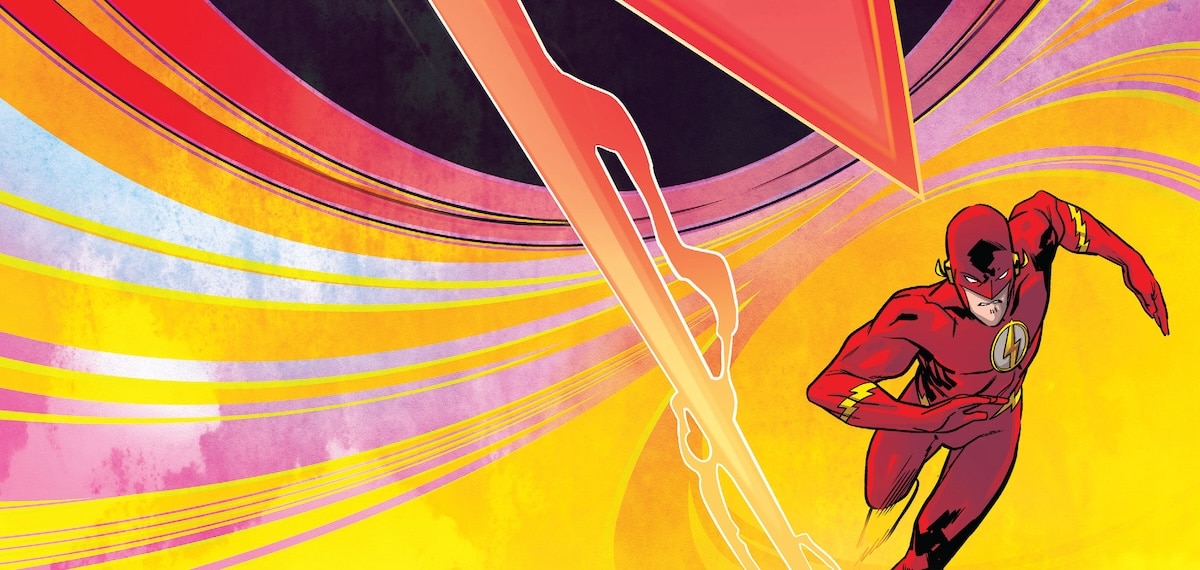

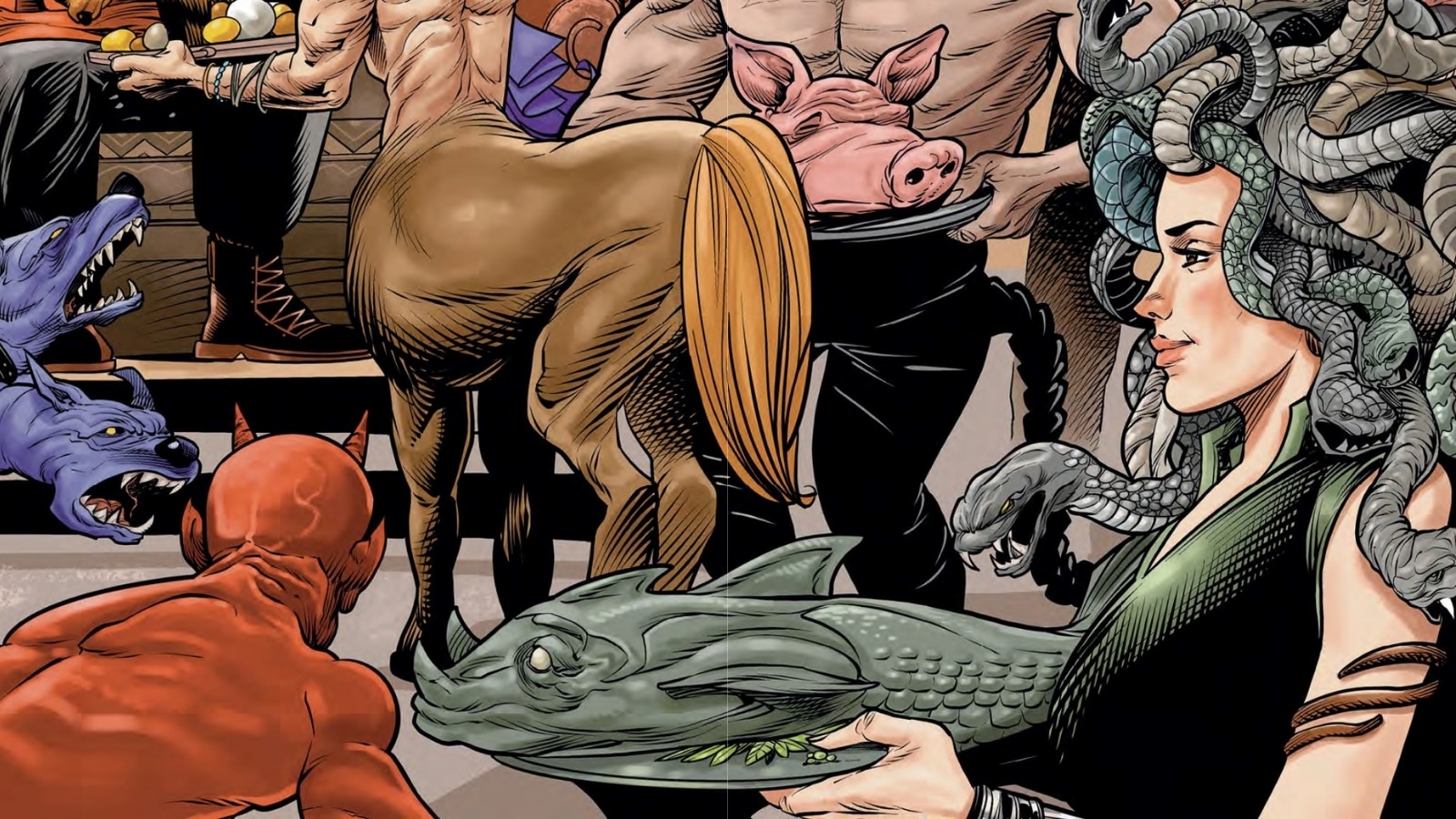



Thanks for this article. As a younger man, The Question was one of the most looked-forward to comics in my “pull” account. Such a great series and long overlooked. I agree it needs revisited!
Such an excellent series– mature in the right ways, asking philosophical and social questions that don’t have easy (or any) answers, rather than just upping the violence quotient. My only quibble with the series is that the art does decline somewhat once Rick Magyar leaves– Mal Jones’ inks gives Denys’ work a very different feel. Still good, just not quite as good.
One of the best series of the late ’80s. Seek out and read.
Cowan and Sienkiewicz are knocking it out of the park on the most recent Question revival for Black Label. Their covers for this first DC series were an absolute stand out. By coincidence I started a re-read of this series just this past week. Really holds up. Starts as a Ditko pastiche and then becomes its own animal quickly.
Comments are closed.